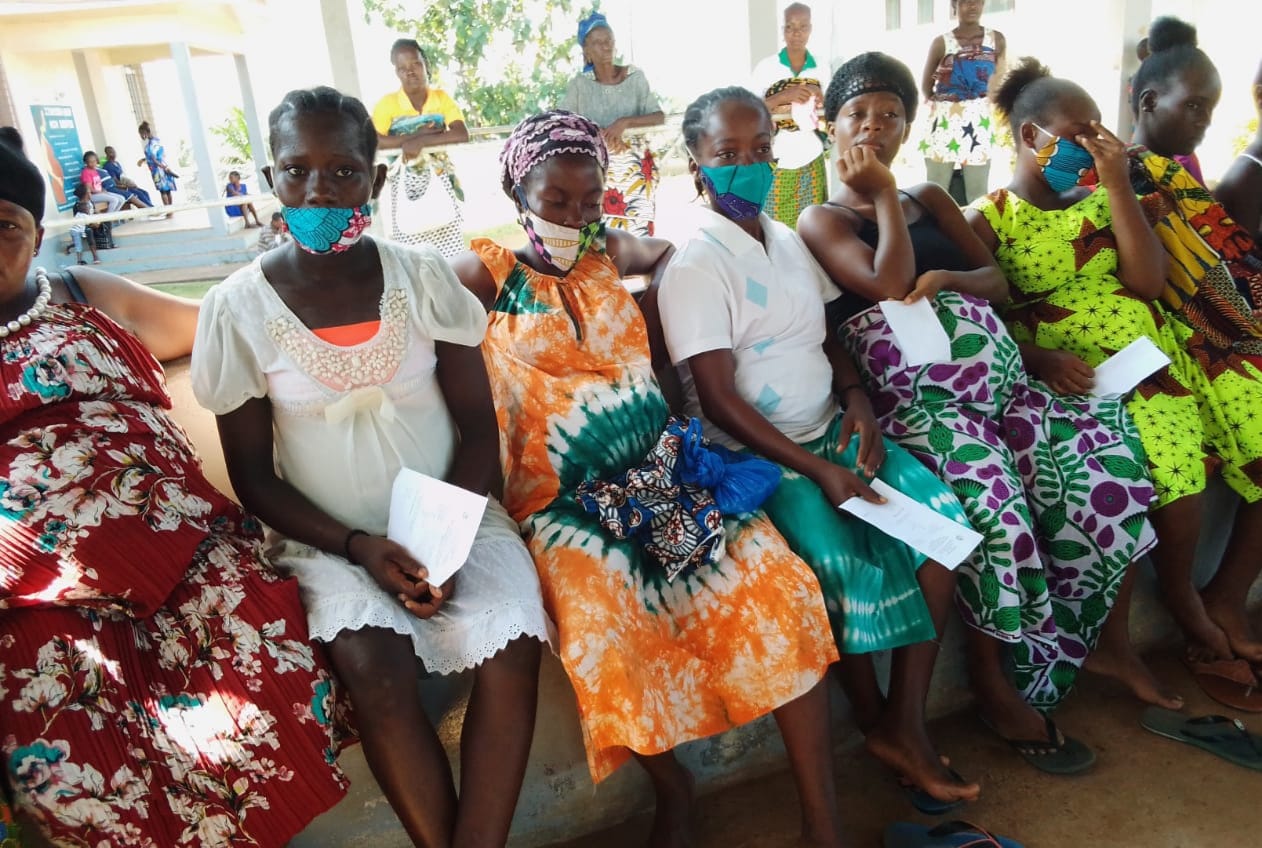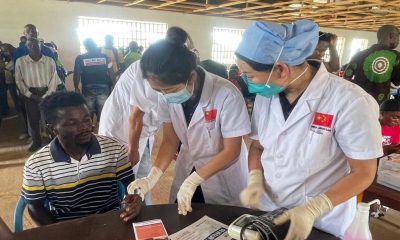
Harper, Maryland County — Maryland County recorded 26,215 cases of Malaria in 2020, with the diseases accounting for more than 70 percent of outpatients at the public health facilities in the county.
The disclosure was made on April 26 by the county health officer during observance of World Malaria at the JJ Dossen Hospital in Harper.
Dr. Methodius George said malaria is prevalent in the county amongst vulnerable groups like children under 5 and pregnant women, adding that “infection can be profoundly more severe” amongst these categories of patients.
Dr. George noted poor usage of insecticide Mosquito nets by pregnant women and babies mothers as well as an unhygienic environment are major predisposing factors that contribute to transmission of malaria.
He added that the health ministry is committed to the control of malaria through promotion and distribution of Long Lasting Insecticidal Nets (LLINs), utilization and prevention of malaria in pregnancy using Intermittent Preventive Treatment with Sulfadoxine Pyrimethamine.

Dr. Methodust George is Maryland County Health Officer |Photo By: Bryan Dioh
“Other activities by the state government are prompt diagnosis in public health facilities using malaria Rapid Diagnostic Test (mRDT) kits or microscopy, effective case management with Artemisinin-based Combination Therapy drugs (ACTs) for patients diagnosed with malaria,” he said.
“Awareness and sensitization activities on malaria, procurement and supply of antimalarial drugs and commodities to the county health facilities and health system strengthening and operational research are also key interventions.”
While there has been remarkable reduction in the cases of malaria in 2021, Dr. George, however, called on residents to ensure that they sleep under the nets and urged pregnant women to take Sulphadoxine Pyrimethamine to prevent malaria in pregnancy from the 2nd trimester.
“Before using Artemisinin based Combination Therapy (ACTs) for treatment of fever, diagnosis either use malaria Rapid Diagnostic Test (mRDT) kit or a microscope must be done.
“This is also very important at this time as people infected with COVID–19 manifest symptoms like malaria. The distinction between malaria and COVID–19 is made only after proper diagnosis using appropriate test kits,” he said.
Testing for malaria is essential as it helps to reduce unnecessary use of antimalarial drugs thereby preventing the emergence and spread of drug resistance, he said while stressing the need to “record appropriate data” that reflect the actual situation of the disease in the county.
He also placed emphasis on environmental management, which includes effective refuse disposal and waste management, covering of water storage containers, clearing of gutters, dredging of canals and channels, among others, adding that unkempt and dirty environment serve as breeding grounds for mosquitoes, hence proper maintenance and management of the environment would prevent mosquitoes from breeding.
World malaria day (WMD) recognizes global and local efforts against the control of malaria. Every year on 25 April health workers and stakeholders around the world come together to raise awareness about the disease.
Experts say the significance of the commemoration is to mobilize additional resources, and empower communities to take ownership of malaria prevention and care.
Local Voices Liberia is a network of dedicated Liberian journalists based in the 15 counties working to lift the development concerns and progress of rural communities.


Methodology

True
The claim is rigorous and the content is demonstrably true.

Half True
The statement is correct, although it needs clarification additional information or context.

Unproven
Evidence publicly available neither proves nor disproves the claim. More research is needed.

Misleading
The statement contains correct data, but ignores very important elements or is mixed with incorrect data giving a different, inaccurate or false impression.

False
The claim is inaccurate according to the best evidence publicly available at this time.

Retraction
Upon further investigation of the claim, a different conclusion was determined leading to the removal of the initial determination.

Toxic
A rude, disrespectful, or unreasonable comment that is somewhat likely to make you leave a discussion or give up on sharing your perspective. Based on algorithmic detection of issues around toxicity, obscenity, threats, insults, and hate speech;
































































































































































































































































































































































































































































































































































































